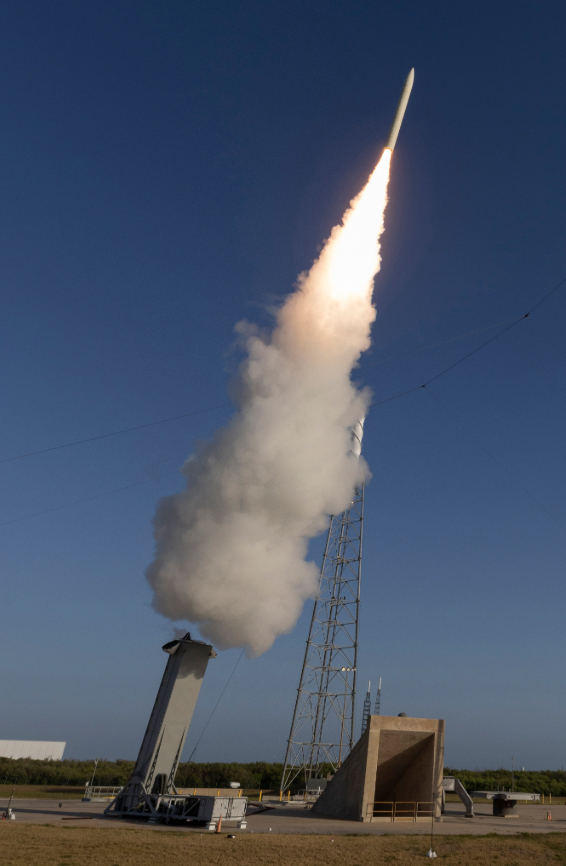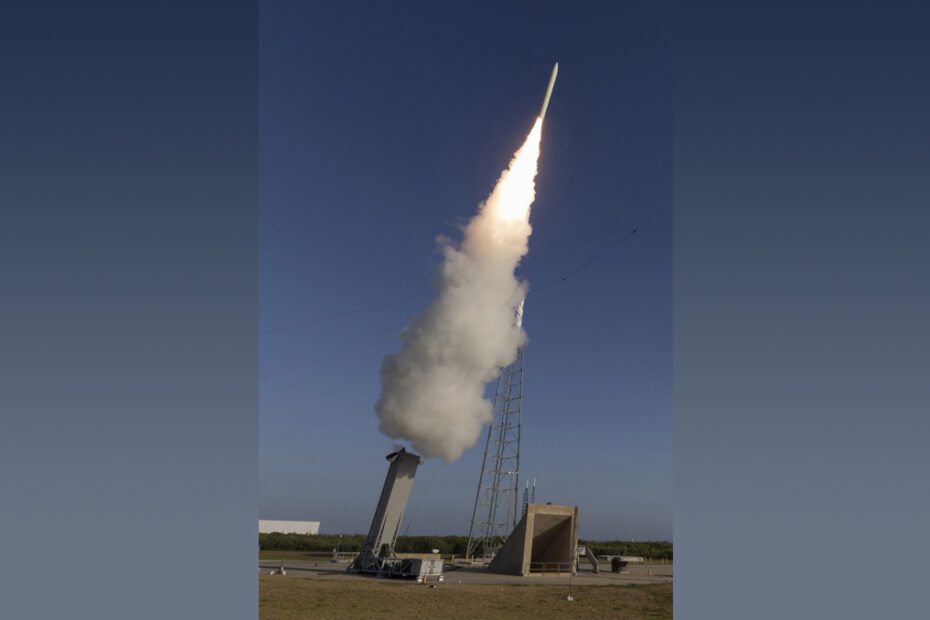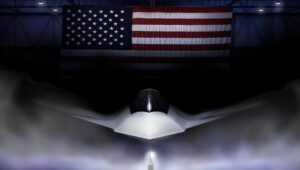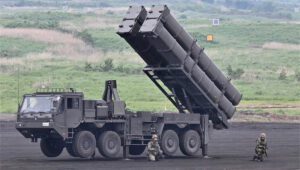Naval hypersonic missiles – The United States Navy has taken a major step forward in the development of hypersonic weapon systems, successfully testing a new naval launch approach. The Conventional Prompt Strike (CPS) program, born from a joint effort between services, promises to reshape U.S. deterrence strategy in an increasingly competitive world.
A Critical Test for Strategic Superiority
On May 2, 2025, the US Navy successfully conducted an end-to-end flight test of a conventional hypersonic missile from Cape Canaveral Space Force Station, Florida. This marked a historic milestone: the first launch using the Navy’s cold gas ejection method—an innovative technique set to become the standard for future sea-based deployments.
The event went beyond mere technical validation. As Secretary of the Navy John Phelan stated, “Speed, range, and survivability of hypersonic weapons are key to the integrated deterrence of the United States. Once operational, the Conventional Prompt Strike will deliver unmatched capabilities to our warfighters.”
What Is the Conventional Prompt Strike (CPS)
The CPS is a program jointly developed by the Navy and Army to create a hypersonic missile system deployable from both land-based and naval platforms. At its core is the All Up Round (AUR), a high-precision, long-range hypersonic missile designed to reach speeds above Mach 5.
The May 2 launch marks the third consecutive successful end-to-end test, following two others in 2024. This track record reinforces confidence in the program’s maturity and brings it closer to full operational capability.

The Role of USS Zumwalt
A key element in the CPS program is the integration of the system aboard the USS Zumwalt, the first naval unit scheduled to be equipped with the hypersonic missile. As a next-generation stealth destroyer, the USS Zumwalt serves as an ideal platform for testing cutting-edge solutions.
Over the past year, the CPS Program has conducted a complex series of simulated launch tests, validating all technical aspects prior to this live flight. Vice Admiral Johnny R. Wolfe Jr., Director of Strategic Systems Programs and chief missile designer, emphasized that cold gas launch represents a major leap in safety and reliability.
Cold Gas Ejection: An Innovative Solution
Traditionally, ship-launched missiles rely on hot launch systems involving direct combustion or pyrotechnic impulses. Cold gas ejection uses compressed air or another inert gas to push the missile out of the launch tube, allowing it to reach a safe distance above the ship before ignition.
This technique offers several advantages: it minimizes the risk of damage to the vessel, provides greater control over the missile’s initial trajectory, and improves crew safety. Most importantly, it enables the integration of hypersonic weapons onto existing naval platforms, reducing adaptation costs.
Hypersonic Weapons: A Paradigm Shift
Hypersonic weapons are rapidly redefining modern military superiority. Their ability to travel at speeds above Mach 5, maneuver mid-flight, and evade traditional defense systems makes them extremely difficult to intercept and highly effective against strategic targets.
Systems like the AUR can strike targets thousands of kilometers away within minutes, combining the precision of conventional strikes with the speed typically associated with nuclear weapons—without the geopolitical risks. This balance between lethality and conventionality lies at the heart of their strategic importance.
Geopolitical and Strategic Implications
The success of the May 2 test has profound implications for international balance. The United States is responding to growing strategic competition from powers like China and Russia, both heavily invested in hypersonic weapons development.
Integrating the Conventional Prompt Strike into the U.S. naval fleet offers a concrete response, enhancing tactical flexibility and global power projection. As the Department of Defense noted, these capabilities will allow the U.S. to “deter and, if necessary, defeat potential strategic adversaries.”
Toward Operational Deployment
The coming months will be critical for the program. Data collected from the test will be used to refine AUR production and finalize its integration aboard the USS Zumwalt. If the schedule holds, the first operational deployment could occur by 2026—ushering in a new era for the U.S. Navy.
Beyond its technical relevance, this milestone also confirms the capability of American industry and research institutions to respond rapidly to emerging battlefield challenges.
Source:From U.S. Department of Defense Public Affairs
Social Context: 🚀 Precision, speed, and innovation: US Navy’s naval hypersonic missiles are ready to change the rules of the game. Discover the new CPS test!



![[video]Feitian-2 a Mach 12: la Cina guida la corsa ipersonica globale Armi ipersoniche cinesi: il Feitian-2 vola a Mach 12 e segna un punto di svolta nella corsa globale alla supremazia militare.](https://www.spotynews.com/wp-content/uploads/2025/07/Feitian-2-1-300x170.jpg)